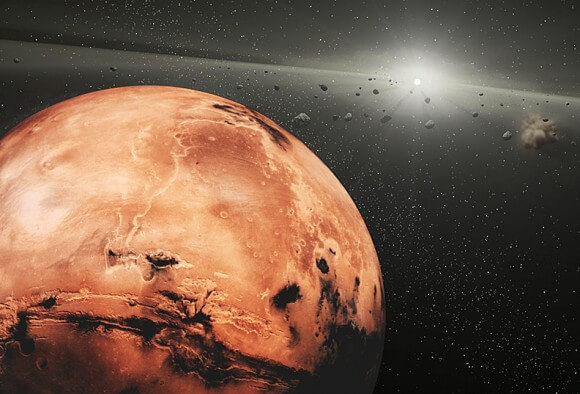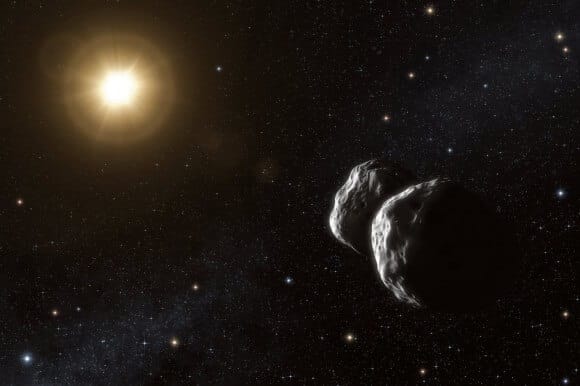"Mars is in the vicinity of the asteroid belt and it gets more opportunities to refresh asteroids than Earth" says Richard Binzel, professor of planetary sciences at MIT participating in separate studies on the effect of Earth and Mars on passing asteroids.

Asteroids are also sometimes called loose gravel piles, which leads to interesting phenomena if they approach a planet. A team of scientists discovered in 2010 that when asteroids approach Earth, our planet's gravity blows up dust grains and 'refreshes' the surface of the asteroid. Now scientists have discovered that Mars also causes a similar phenomenon.
Since the asteroid belt is between Mars and Jupiter, this means that more asteroids will be modified by the influence of Mars than Earth.
"Mars is in close proximity to the asteroid belt and it gets more opportunities to refresh asteroids than Earth" says Richard Binzel, professor of planetary sciences at MIT who participated in both studies.
"Imagine Mars and the asteroid transiting the intersection at the same time," Binzel said. "It's about hitting each other, close to the gravitational field of Mars, so that the asteroid will shake. The frequency of these encounters and the form of the vibrations are random factors."

The initial study in 2010 showed that most asteroids are redder than meteorites. On an asteroid, the surface is exposed to cosmic radiation and turns red over time. However, when an asteroid approaches the Earth, the gravitational field blows away the particles on the surface and reveals fresh soil below. Meteorites breaking up from the asteroid will not be so red.
This time, Binzel's team members looked for other possibilities for asteroid refreshment such as collisions between asteroids or the influence of solar energy, but came to the conclusion that planets are the main cause of the change in the surface.
